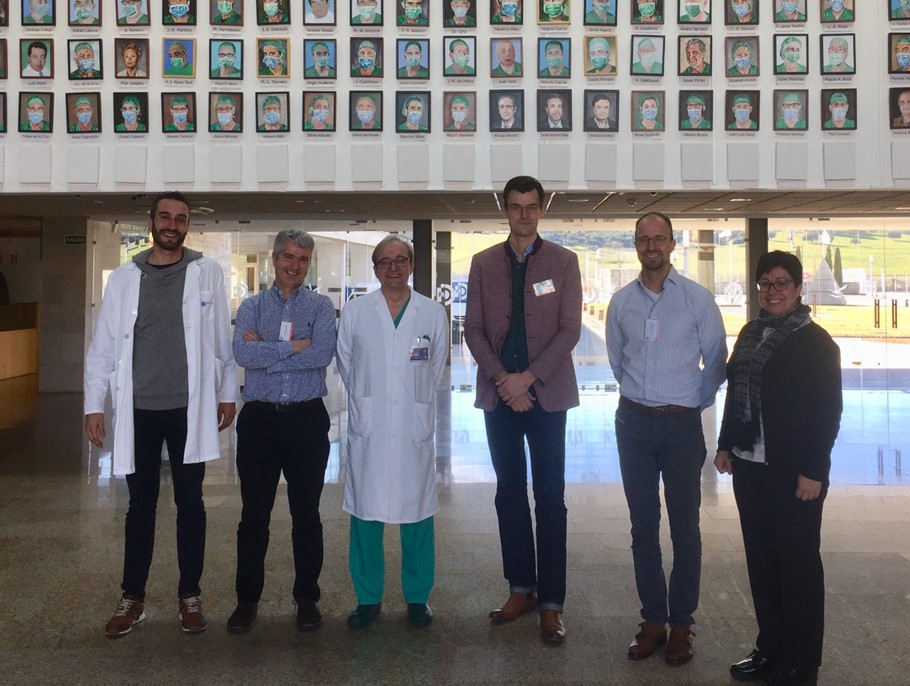U28-S09.
Electron Tomography
The Electron Microscopy Service offers access to transmission electron microscopy (TEM), cryo-TEM and electron tomography, high resolution scanning electron microscopy (SEM), and environmental SEM. A special emphasis has been made on high-end sample preparation techniques through cryo-immobilization. All the equipment has been configured to provide its best for biological and nanomedicine applications.
Customer benefits
We have SOPs and ISO9001 certification. We also have specialist technicians for the use of the equipment.
This service is essential for characterization of cells and tissues: 3D structures and ultrastructure’s visualization and its relationship to function are the most important contributions of EM to cell biology.
Target customer
Any company or research group interested in:
- Electron Tomography of room temperature (conventional) and frozen-hydrated samples (cryo-electron tomography).
- Data and image processing.
- Technical advice for users regarding the selection of protocols and procedures for experiments involving electron microscopy.









